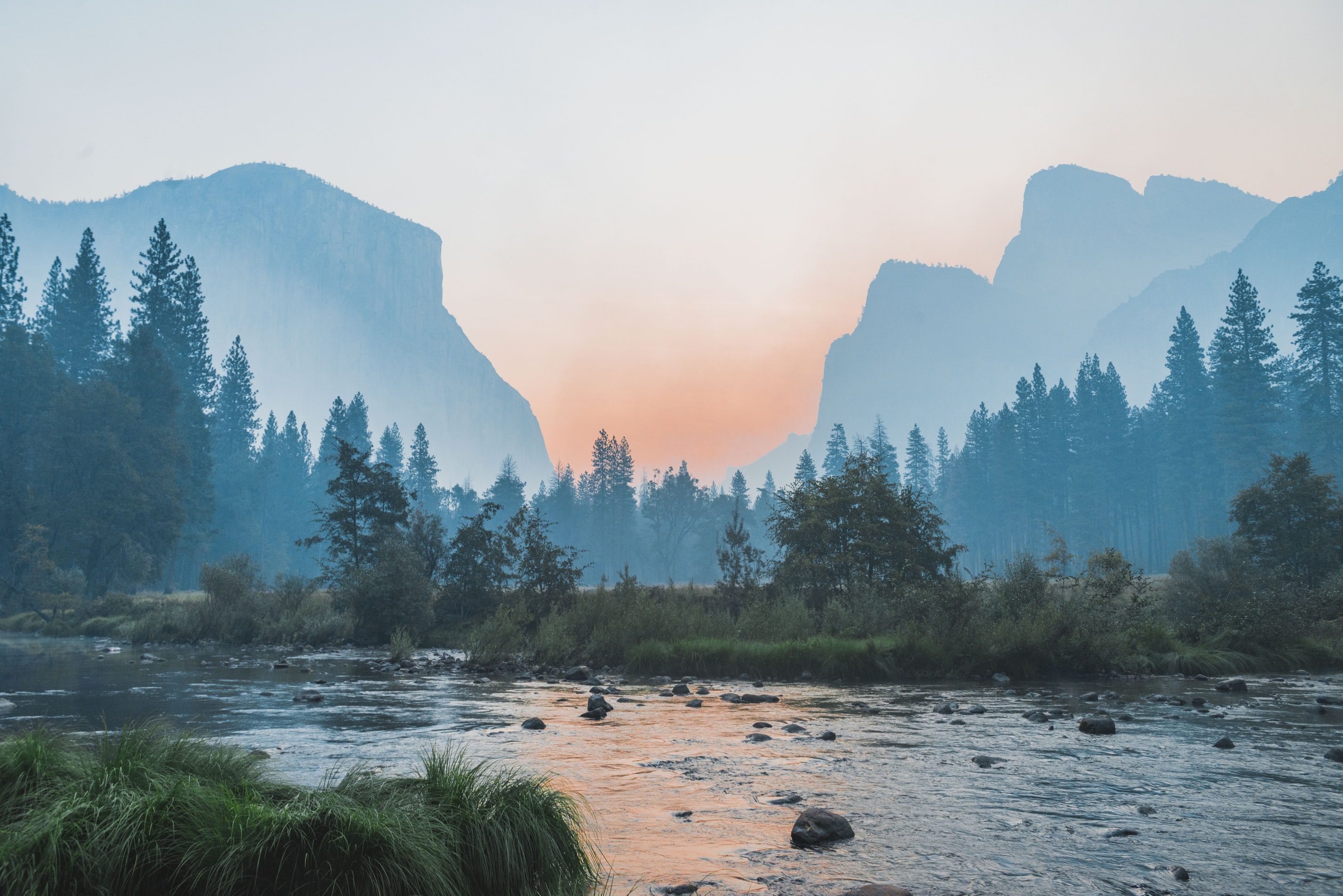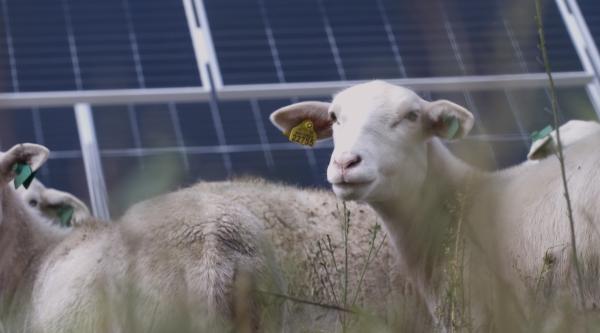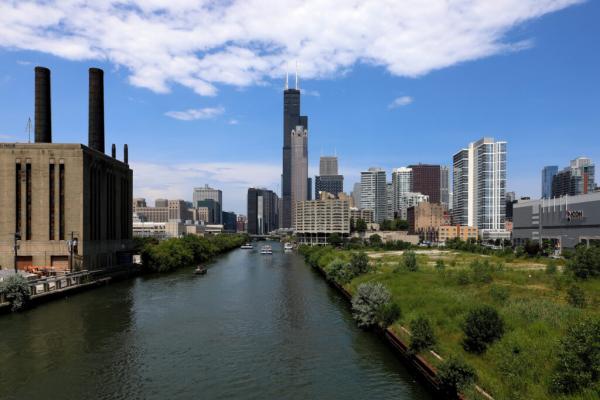-
By Partner EditorialsOct 31, 2019, 11:59 am2.7k ptsInsanely Great Special Content
Special ContentWith each passing year the population of big cities grow exponentially. While certain metropolises like Hong Kong, New York, and Tokyo, have been famous for their dense populations, in the past few decades even those with relatively smaller populations, such as Toronto or Sydney, are seeing a boom. As a result of urban sprawl and gentrification, the challenge remains how to fit the most people in to such a limited space. The obvious result is that these cities are becoming increasingly vertical and, land once home to forests or foliage, are now sprouting concrete jungles. Too often governments, companies, developers, and the residents themselves, lose sight of the fact that this is a home shared with wildlife. It is an ironic twist that this wildlife are often considered pests when, in reality, they were the original land owners and it is humans that are encroaching upon them; threatening their lifestyle and lives.

However, on the flip side, cities can be viewed as havens or sanctuaries for Wildlife. In comparison to rural animals, city creatures do not face as many predators and often have access to more food; even if it is the byproducts of the rubbish bin. Animals recognize that cities improve their chances of survival, and that is why there is often migrations into urban centres. While there are regular clashes between wildlife and their human housemates, generally populations learn to co-exist. In fact, wildlife has become so comfy that there is actually an issue with overpopulation. An overpopulation problem that sometimes gets so out of control that there have been calls for culling the abundant animals, from deer to bunny rabbits. In such cases, animal rights groups have founded shelters to place any excess wildlife. It is little surprise that animals are adapting their behaviours and instinct to the urban environment and their interactions with humans. This has even led to urban ecology studies that indicate those animals living in cities are much smarter and more skilled than their rural counterparts. Anyone who lives in a city with raccoons know this first hand. Often, the city waste services spend thousands of dollars and hours to design a pest proof garbage bin. Yet sure enough, homeowners step onto their porch in the morning to find the explanation for that noise in the night – the clever raccoons have city thwarted planners again and left rubbish in their greedy wake.
Given that both the human and animal population of cities are growing, it is important to regain a stronger mindset of stewardship. People in cities are often very detached from nature. Most of our time is spent indoors, in the comforts of air conditioning and electrical devices. The closest many city dwellers get to nature is with their bird feeder, skittish squirrels, and brave racoons. Going to the Zoo for a day does not count as fully experiencing nature. In the past, when locals lived off the land, they realized the essential gift that nature and its creatures provide. In concrete jungles, this is at risk of being lost. The inability to connect with nature also have a tremendous impact on the mental health of those in the city. It is very easy to become a faceless person among the crowd, to blend in, and feel anonymous and alienated from yourself and your surroundings. Nature has a healing aspect in that in powerfully connects us to not only the environment but to ourselves. It is a place for natural meditation, where the overly stressed can escape to and relax. Not including a certain percentage of green space in a city can arguably be a violation of a human right, if not for the necessity of a healthy community. People can be taken out of nature, but nature cannot be taken out of them.
To cultivate a mindset that appreciates nature, the public needs to incorporate more nature into their everyday. This could involve physical activity like taking a walk through local parks or trips to the countryside. Another great way is to become immersed in reading a book about the natural environment, listening to soothing nature sounds, or watching programs like National Geographic for greater awareness about the ecosystem. It is valuable to start incorporating more greeney inside the home or office, by designing a space full of plants or flowers. Countless studies have shown that people perform better when they are closer to greenery, partly because it has an incredible effect to calm and focus the mind. To take a step further, there are many Non-governmental organizations like Evergreen that look for volunteers to help plant local gardens or help beautify surrounding areas of the city. Even enjoying nature themed online games is an option. For instance, there are numerous online casino sites that showcase slot games to do with the natural environment. While there is a wide variety of all different themed casino games UK, those promoting nature include ‘Beez Kneez' by Eyecon, NetEnt's ‘Strolling Staxx', Yggdrasil's ‘Seasons', a Celtic countryside in ‘Irish Luck', and BluePrint's ‘Wish Upon a Jackpot' lets player capture magical faeries in a marsh. The great quality of these games is that they are perfectly formatted as mobile slots, so that players can even enjoy while relaxing in the shade of a tree in the park. The easy to pick up gameplay is usually a grid of 5 reels, around 4 rows, a certain number of paylines (including some slots offering special Megaways), and exciting features that can trigger bonus rounds to grant many opportunities for winning real money. The nature themed slots, in particular, are extremely immersive with stunning visuals and often the relaxing noise of chirping birds or buzzing bees.
As urbanization ballooned, many incorrectly assumed that this shift would pose a serious threat to wildlife and nature in general. There are obvious dangers, however, the opposite seems to have occurred whereby nature is not only here to stay but holding firm, improving, and adapting. A great image to symbolize how nature always wins, no matter the change, is blades of grass cracking tough cement to sprout through. City dwellers must embrace nature in their urban environment by helping it grow and, in turn, nature will help cities and communities grow strong.
Trending Today on EcoTopical
Leaf through planet Earths environmental headlines in one convenient place. Read, share and discover the latest on ecology, science and green living from the web's most popular sites.















